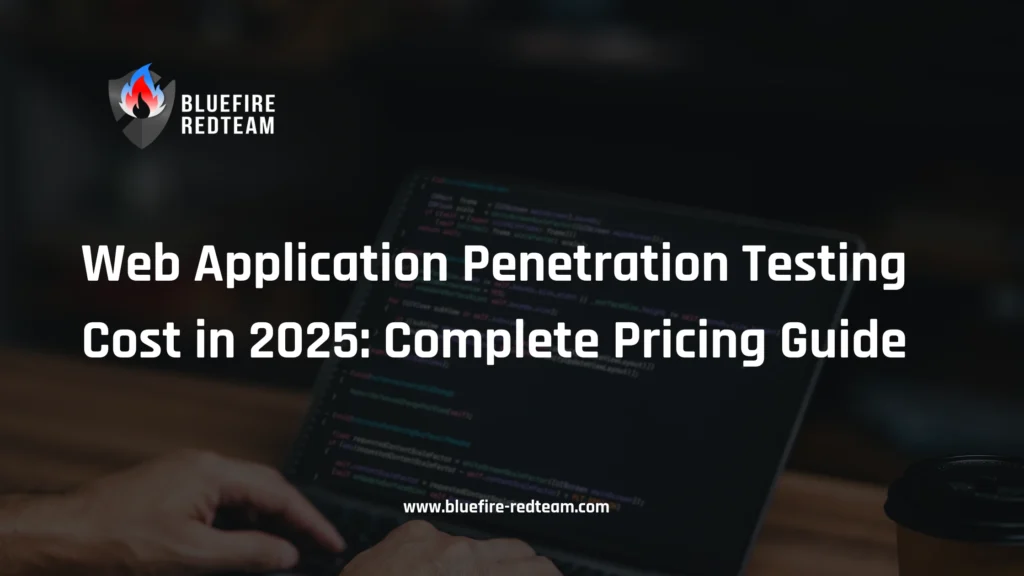Introduction
Web applications are a prime target for cyberattacks in 2025. Attackers constantly look for flaws in everything from SaaS platforms that handle customer data to healthcare portals that store PHI. Data breaches, noncompliance, and losses of millions of dollars can result from a single, unnoticed defect.
That’s why web application penetration testing (pentesting) has become a critical security control. But the #1 question most security leaders ask is:
“How much does web application penetration testing cost?”
There is no one-size-fits-all solution. Application complexity, testing scope, vendor experience, and compliance needs all affect pentest costs. In this manual, we will discuss:
- Typical web app pentest pricing ranges in 2025
- Key factors that drive costs up or down
- Examples of small, medium, and enterprise app costs
- Pricing models (hourly, project-based, PTaaS) explained
- What you should prepare before requesting a quote
- How to evaluate cheap vs. premium pentesting vendors
- Bluefire Redteam’s transparent approach to scoping and pricing
By the end, you’ll know exactly what to expect, how to budget, and how to avoid underinvesting in critical security testing.
Why Web Application Pentesting Matters (and Why It’s Worth the Cost)
Pentesting isn’t just about compliance. It’s about:
- Preventing costly breaches: IBM’s Cost of a Data Breach Report 2024 found the average breach cost $4.45M globally. A pentest is a fraction of that.
- Meeting compliance: PCI DSS, HIPAA, SOC 2, ISO 27001 all require or strongly recommend penetration testing.
- Building customer trust: Security-conscious clients ask for proof of testing before signing contracts.
- Catching what scanners miss: Automated tools find common CVEs. Manual pentesters find business logic flaws, chained exploits, and zero-days.
💡 A quality pentest is not an expense — it’s insurance against catastrophic losses.
Factors That Influence Web Application Pentest Costs
Here are the main drivers of pricing in 2025:
1. Application Size & Complexity
- Small apps with minimal features and a basic login → less testing effort.
- Large apps with multiple roles, microservices, APIs, and integrations → require more hours and deeper methodology.
2. Testing Depth & Methodology
- Automated scanning: cheapest, but lowest value.
- Manual testing: skilled testers actively exploit vulnerabilities.
- Adversary simulation / red teaming: most expensive, but provides the most realistic assessment.
3. Industry & Compliance Requirements
- Deeper testing is frequently needed for FinTech, healthcare, and SaaS apps that handle sensitive data in order to comply with regulations like PCI DSS, HIPAA, and SOC 2.
4. Engagement Model
- Black box: limited knowledge and the viewpoint of an external attacker.
- Grey box: some credentials or context provided (most common).
- White box: complete access to credentials, code, and architecture for the most in-depth analysis.
5. Vendor Expertise
- Firms staffed with certified experts (OSCP, OSWE, CREST, GIAC) charge more than freelancers or scan-only providers.
- Boutique red team firms uncover vulnerabilities others miss.
Typical Cost Ranges for Web Application Pentesting (2025)
| Application Type | Complexity | Typical Cost Range |
|---|---|---|
| Small Business Web App | Basic login, few pages, no APIs | $2,000 – $3,500 |
| Medium SaaS / Business App | Multiple roles, APIs, moderate integrations | $4,000 – $5,500 |
| Large Enterprise App | Complex integrations, microservices, regulated data | $8,000 – $16,000+ |
| Continuous Testing (PTaaS) | Ongoing monthly coverage | $2,000 – $10,000/month |
⚠️ Beware of “$1,000 pentest” offers. These are typically just automated scans with a generic PDF report — not true manual pentests.
Web App Pentest Pricing Models Explained
Vendors use different pricing structures. Here’s what you need to know:
- Hourly Pricing
- $100 – $400 per hour.
- Transparent, but can lead to unpredictable costs.
- Project-Based Pricing
- Flat fee based on scope.
- Most common for one-off pentests.
- Penetration Testing as a Service (PTaaS)
- Subscription model with continuous testing.
- Great for SaaS companies releasing updates frequently.
- Hybrid Model
- Base project fee + ongoing retesting or consulting hours.
💡 Best choice for most organizations: Project-based pricing with clear scoping → gives predictable costs and defined deliverables.
Cheap vs Premium Pentests: What You Really Pay For
Cheap ($500 – $2k “pentest”):
- Automated scans only.
- Cookie-cutter reports.
- Zero manual exploitation.
Premium ($5k+ pentest):
- Certified testers simulate real attackers.
- Manual testing for logic flaws, chained exploits, privilege escalation.
- Risk-prioritized reporting with business impact.
- Remediation guidance and retesting.
👉 The difference? Cheap = checkbox. Premium = true resilience.
What to Prepare Before Requesting a Quote
To get an accurate quote, vendors will ask for:
- Number of apps, APIs, and environments.
- Authentication/user roles (admin, user, guest).
- Compliance requirements (PCI DSS, HIPAA, SOC 2).
- Tech stack (frameworks, cloud services).
- Timeline (before audit, launch, investor review).
Providing this upfront ensures apples-to-apples comparisons.

How Bluefire Redteam Approaches Pricing
At Bluefire Redteam, our approach is:
- Free Scoping Call – We understand the size, complexity, and industry standards of your app.
- Transparent Quotes – No hidden fees. You know exactly what’s included.
- Manual, Adversary-Level Testing – Deep manual exploitation is part of every test, not just scans.
- Actionable Deliverables – Risk-prioritized findings, remediation support, and free retesting.
- Compliance Coverage – Aligned with PCI DSS, HIPAA, SOC 2, and ISO 27001.
💡 This ensures you’re not just “passing an audit,” but actually reducing risk in production.
👉 Request a Free Web Application Pentest Quote
Web Application Penetration Testing Cost
- How often should I do a web application pentest?At least annually, or after major feature releases. Regulated industries may require more frequent testing.
- Can I use automated scans instead of a pentest?No. Scans catch common CVEs but miss logic flaws, chained vulnerabilities, and custom exploits.
- Is PTaaS worth it?Yes, if you’re in SaaS or ship frequent updates. Continuous testing reduces blind spots.
- What’s included in a pentest report?
-
Vulnerabilities found.
-
Exploitation details (with screenshots).
-
Business risk mapping.
-
Remediation guidance.
-
Conclusion
Depending on the size, complexity, and vendor experience of the application, web application penetration testing in 2025 can cost anywhere from $2,000 to $25,000+.
The least expensive option won’t shield you from actual attackers, even though it might check compliance boxes. The best method to secure your company, preserve customer confidence, and confidently comply with regulations is to invest in a manual, adversary-level pentest.
That’s why organizations in SaaS, fintech, healthcare, and beyond trust Bluefire Redteam for web application penetration testing.
👉 Ready to see what attackers could do to your app? Schedule a Free Scoping Call with Bluefire Redteam.


